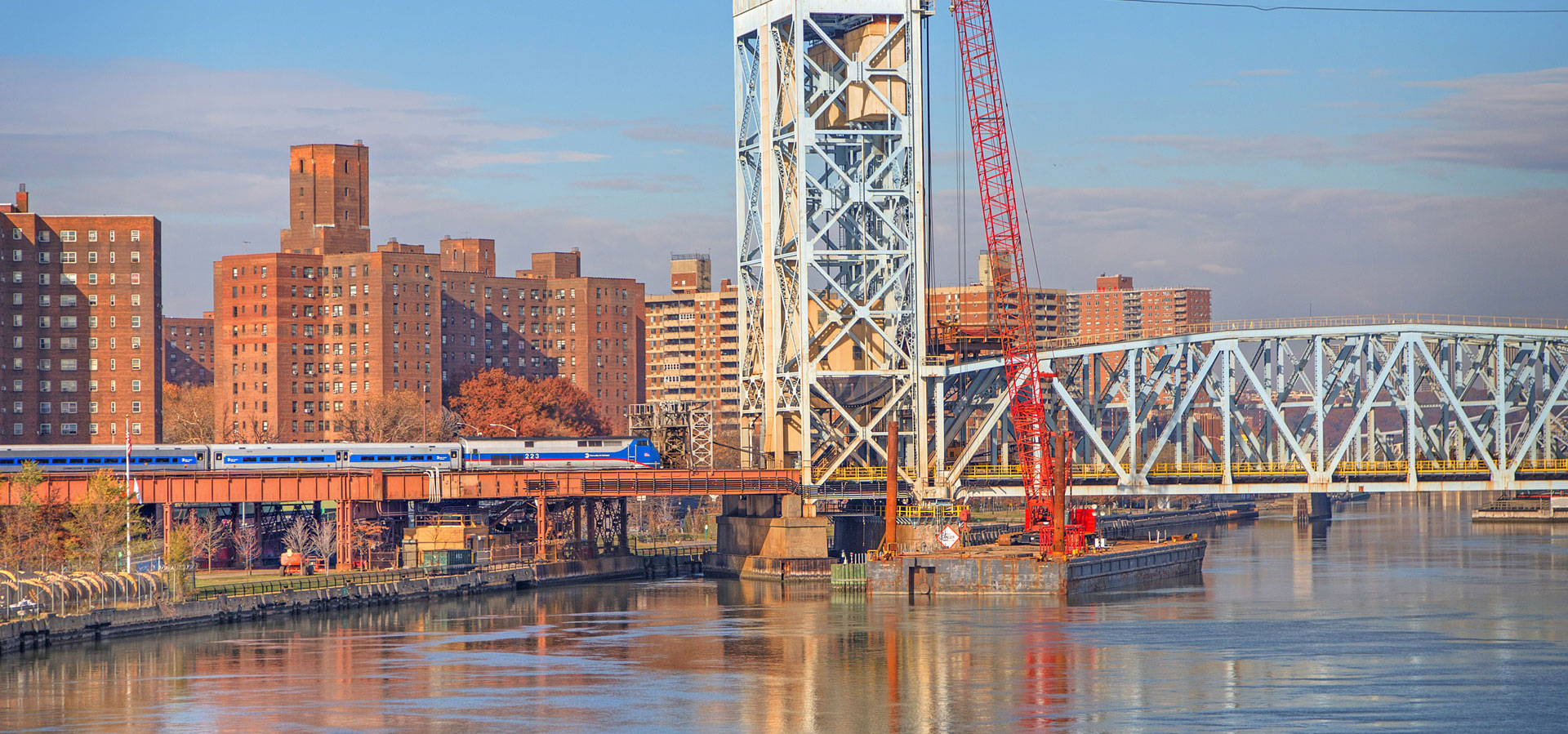The Coolest Place in Grand Central: The Clock Tower
For the past several months I’ve been taking you to some of the more interesting places throughout Grand Central, past and present. In such a big building, especially one that has been around for...


